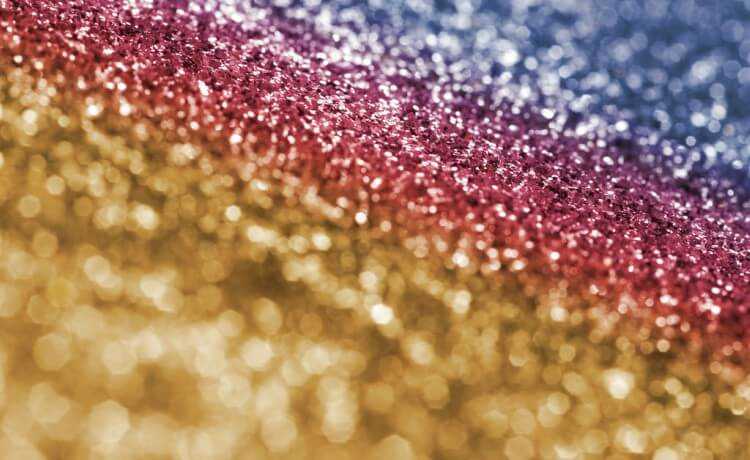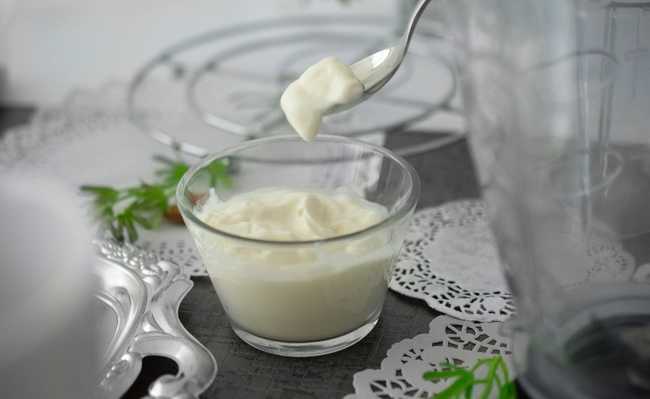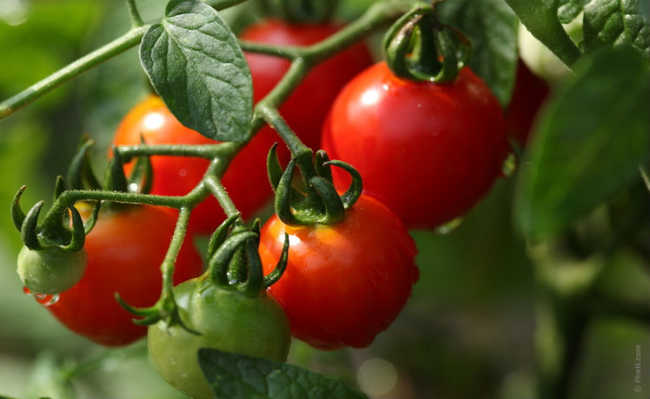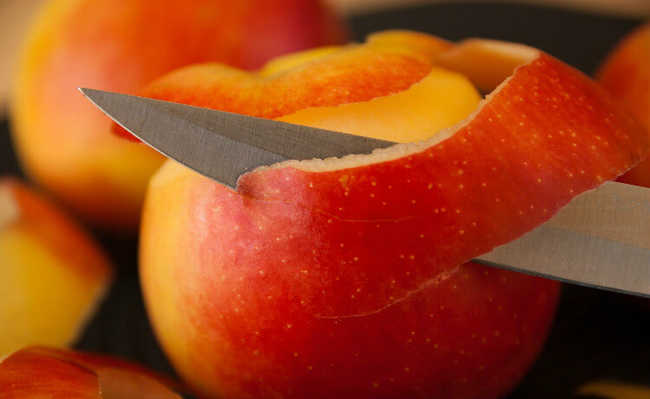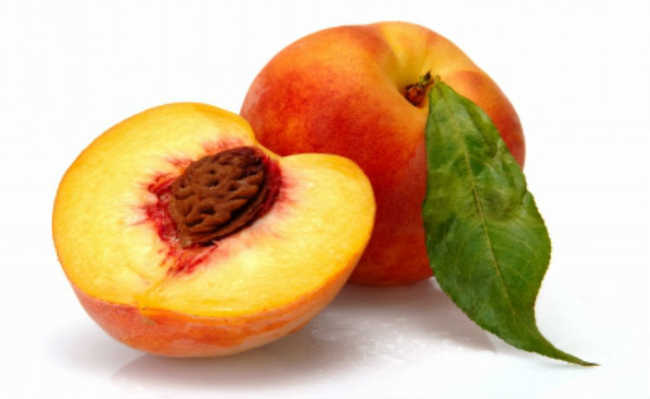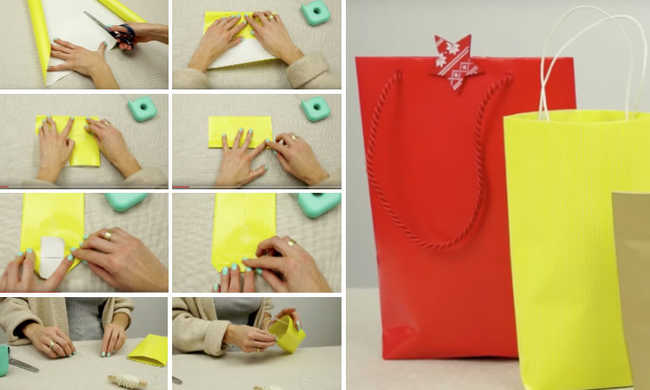Humi composter adds style and practicality
Humi composting is made with adaptations that make home composting practical and different
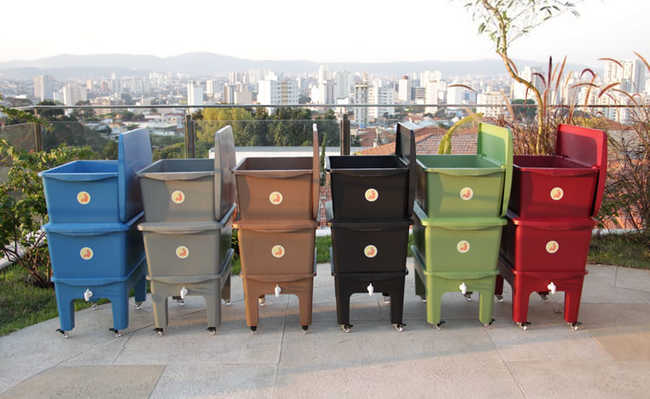
Image: Address of the Forest/Disclosure
The Humi composter is a model with adjustments made to make the daily lives of practitioners of domestic composting (which is the recycling of organic waste) more pleasant. The richness of details and its functional design differentials make life for beginners and even experienced practitioners very easy.
Having a Humi composter means that you can transform your organic waste into natural fertilizer and avoid emitting greenhouse gases into the atmosphere while helping to recycle plastic, since Humi is made with 100% material recycled. To learn more about composting, check out the article "What is composting and how to do it".
The Humi composter is made from recycled post-consumer tetrapak packaging. Now in 2020, Morada da Floresta, Humi manufacturer, has partnered with Mãe Terra brand to manufacture Humi composters made entirely from recycled post-industrial BOPP. Both materials are difficult to recycle and the idea of the new project is to increase visibility in relation to the recycling of BOPP, a material widely used to produce laminated packaging for cookies and snacks and which is not yet recycled in Brazil.
The material used to make these Humi 100% BOPP composters would be sent to the landfill and the partnership between the companies manages to divert it from this route. For each Humi composter produced with BOPP, the equivalent of 4,500 snack packages were recycled.
Humi composter details make a difference

Image: Address of the Forest/Disclosure
The Humi composter works in a similar way to conventional models of domestic composters. But there are improvements that make the whole process more agile. Let's go to them:
- As it is curved, the Humi lid has more stability and does not accumulate rainwater;
- The lid also has two claws on the inside that support it in a vertical position on the edge of the digester box, facilitating the daily handling of the system;
- Humi can be outdoors unaffected by rain;
- The holes in the lid help to increase the internal aeration of the digester box;
- The side walls in the digester boxes have several side holes promoting cross ventilation to increase internal aeration;
- The digester box has four small feet so that the bottom does not touch the floor when changing the boxes, avoiding dirtying the floor and crushing the worms;
- The design allows boxes to enter one inside the other, reducing storage volume and freight cost;
- The digester box floor has a drop of water so that most of the liquid flows into one of the corners. This makes it easier to remove the compost from the middle box, as the excess moisture will be concentrated in the corner;
- The support ring prevents the top box from entering the bottom box and directs rainwater out;
- Differentiated design and better finish;
- The smooth walls facilitate the external cleaning of the pieces;
- The sloping base of the sump base directs the liquid to the faucet;
- The tap is positioned below the level to allow the removal of all the stored liquid;
- The collection base has an “island” so that the worms return to the digester box and do not drown;
- The collecting base has four feet to raise the height of the faucet, allowing the removal of the liquid compound without the need for an additional support;
- Humi's feet are designed with strategically positioned holes and reinforcement to attach silicone gel casters for easy movement.
How does the Humi composter work?

Image: Address of the Forest/Disclosure
The Humi composter must be installed in a well-ventilated place and protected from the sun, just like other composters. Humi also has three stacked boxes. The last box (the one at the bottom) comes with a small faucet and works as a leachate collector; and the other two boxes (the ones on top) function as digester boxes. All boxes allow the exchange of flows between them through small holes; with the exception of the lower part of the collection box and the upper part of the first digester box, which is covered.
With holes that allow the flow of worms, microorganisms and liquids, the Humi composter accumulates slurry in the collecting box; which can be diluted in ten parts of water and used as a biofertilizer or pesticide, sprinkled on plants, poured into the earth and even in pots. But it is necessary to avoid spraying the plants in times of strong sun, as the slurry can burn the leaves.
It is also necessary to prevent the internal environment of the composter from becoming too humid. For this, it is necessary to add dry matter such as leaves and sawdust. To test, simply squeeze the humus in your hand; if water runs off, it is too humid and will impair oxygenation. When the first (top) box has been filled with waste, it must be exchanged with the bottom (empty) one and left to rest.
For more tips on domestic composting, check out the article "Guide: how is composting done?".
What can be placed in the Humi composter?
In the Humi composter you can freely place the following residues: fruit and vegetable peels, grains, seeds, tea sachets, egg husks, coffee grounds and filter. But remember: everything must be inserted in small quantity and size to facilitate the work of microorganisms and earthworms.
Place the organic waste piled up in a corner of the compost bin (not scattered around the box) and cover them completely with fine sawdust (so that it does not harm the oxygenation of the system) - this dry matter can also be grass, leaves and straw, which provide the balance in the carbon/nitrogen ratio.

Image: Address of the Forest/Disclosure In moderation, you can also add citrus fruits, cooked foods, paper towel napkins, oils and fats, dairy products, paper and cardboard (without plastics and paints), strong seasoning (pepper, garlic, onion, etc.), lemon, flowers and medicinal and aromatic herbs.

Image: Address of the Forest/Disclosure
It is not recommended to put in your domestic composter: meat, used toilet paper and carnivorous animal feces.

Image: Address of the Forest/Disclosure
If you want to compost your dog's feces, find out how in the article: "Compose your dog's feces".
Which animals can appear in the Humi composter?
Because it is a nutrient-rich, humid and warm environment, compost can attract a number of animals, such as fruit flies, mites, slugs, beetles and others.
But like earthworms, these animals are harmless and some even help in the composting process; however, you can avoid them. In the case of fruit flies (those fruit flies), for example, just cover the residues with dry matter. For more details on this topic, check out the article "Which little animals can appear in composter?".
What is the ideal size for the Humi composter?

Image: Address of the Forest/Disclosure
The amount of digester boxes needed depends on the number of local residents and the frequency of meals eaten at home. If the demand for space increases, just stack new digester boxes. The P model, which comes with three boxes (two digesters and one collector) is suitable for families of up to four people. For six people, the M model is indicated, with three digesters and a collector. And for families of up to eight people, model G is indicated, with four digesters and a collector.
Now that you know everything about the Humi composter, you are ready to choose your model. But remember: composting is a treatment only for your organic waste... To give a correct destination for other types of waste, see where the collection points closest to your home are located and make your footprint lighter.

